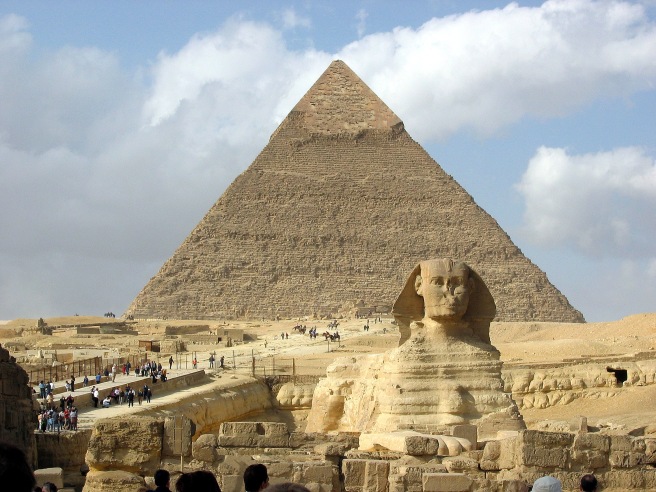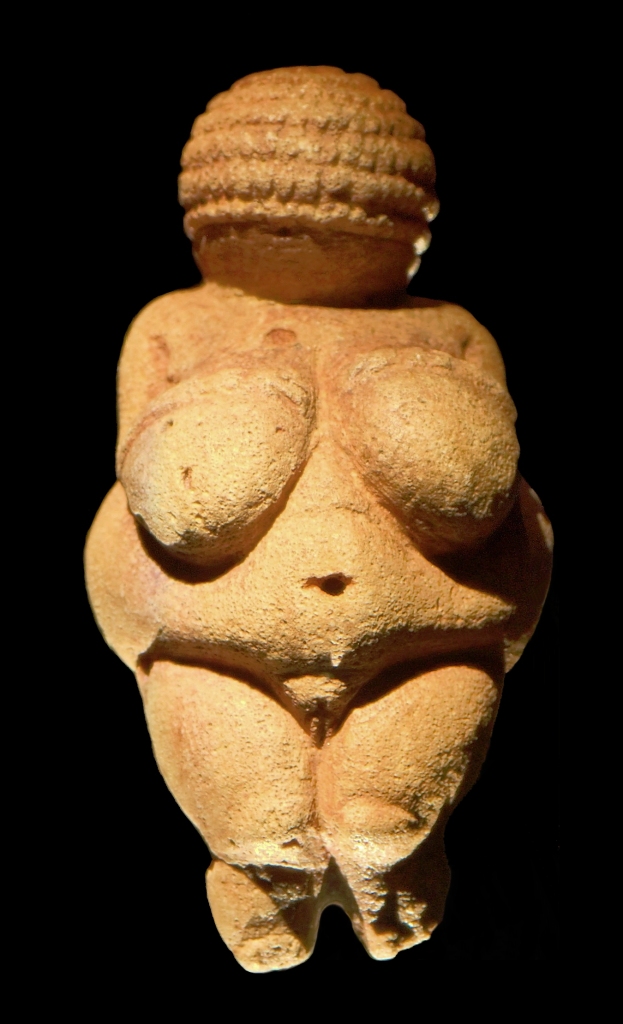There are many mysteries about famous works from the ancient world. As a self-proclaimed expert on damn near everything, I’m here to set the record straight. Here are solutions to some of art history’s most nagging questions.

The Venus de Milo’s arms, or lack thereof, have long stumped art historians (pun very much intended). After painstaking, exhaustive research into the anatomy of countless nearly-naked women, I’ve been able to piece together what her missing arms were actually doing. Previous guesses by so-called experts have implied that she had her hands out in the position known as supplication. Others have speculated that she was holding an urn or possibly a plate of lamb-stuffed grape leaves. These choices are just plain wrong. The Venus de Milo was actually picking her nose with her right hand and holding a soiled piece of swaddling cloth in her left hand. The statue was an early attempt at the joke of accidentally using the dirty diaper to wipe one’s nose. Finicky marauding Moors found the humor to be sophomoric and offensive so they broke off both of the statue’s arms.

The Mona Lisa’s smile has long been a puzzle to anyone who’s seen it. The guesses have been all over the map, covering everything from her being a transvestite to a woman enjoying ben-wa balls that Marco Polo brought her back from the orient. While I applaud the creativity of the supposed historians, this is a case where the answer is nowhere near as scandalous as they’d thought. Mona’s smile was actually due to her smug self-satisfaction following a savvy restructuring of her retirement finances. She knew that diversifying her investments between olive oil futures and backing an up-and-coming chianti bottler would mean she wouldn’t have to spend her golden years modeling for these creepy guys in Florence.

The sphinx in Egypt hasn’t had a nose in a long time. Once again, there have been many incorrect guesses by historians, running the gamut from a Nubian honker to a strong Roman nose. Those Romans! They were everywhere back in the olden times. In fact, the original nose of the sphinx was not a nose at all, but was a rhino horn. The wacky Egyptians had already cross bred a lion with a man, so adding a rhino horn wasn’t all that far fetched. Having built the pyramids to spec, Tutankaman had foolishly decided to let his builders have some creative freedom. Upon seeing the rhino-horned sphinx, the Boy-King was so displeased that he had it removed, thus performing and inadvertently naming the world’s first rhinoplasty. On an unpleasant side note, pieces of the horn were then used to stone the artisans to death.

The Shroud of Turin has been a mystery since it was first discovered down the road from Turin in the little village of Sciolze. The movers and shakers of the time knew that a shroud would be a big draw. Sciolze was famous for nothing, lacking even a single Michelin-rated trattoria and as such would be a waste of an ancient treasure. The decision was made to tell everyone that the shroud came from Turin. The hazelnut farmer who first had the shroud in Sciolze was given a modest pay-off which he was suspiciously happy to get. This was because the cloth was not a burial shroud at all, but was in fact an early attempt at novelty bed linens to promote JC and His Apostle Posse. The farmer, Giuseppe Panecotta, had come up with the idea as a means of supplementing his meager earnings to guard against another disastrous plague of nut weevils. When the know-it-alls from the big city of Turin proclaimed it to be a burial shroud, Giuseppe quietly took his pay off and went back to the farm. He contacted his cousin Mona up in Florence and she gave him some sound advice on how to invest his little nest-egg.

The Venus of Willendorf was long believed to be an ancient fertility goddess. Her round, abundant physique just seems to scream “ovulation!” The stark reality is that the sculpture was not a fertility goddess at all, but was just a shining example of fetish porn for the ancient inhabitants of part of Austria known for its chubby chasers. As I learned during my anatomy research for the Venus de Milo, arms on top of the breasts with the face obscured by a woven basket continues to this very day to be a favorite pose for these sickos.
To each own I guess. I suppose being a chubby chaser is more socially acceptable than liking ones nudes armless with rhino horns.

I was going to sign up for an art history course at the local university but now I don’t have to. The money I’ve saved will go towards the new Dan Brown novel. Thanks!
Just be forewarned, some of Dan Brown’s explanations of Renaissance art may be a tad over the top. For instance, he believes that Botticelli’s Birth of Venus was actually a backhanded reference to the artist’s ex-mother-in-law, who had a shellfish allergy. The entire thing somehow played into the rise to power of a militant priest in Padua who enjoyed the occasional bowl of mussels with white wine and herbs. I’d tell you how the whole thing worked itself out, but I put the book down and forgot to pick it up again…ever.
Having seen Venus de Milo and the Mona Lisa in person, I now understand so much more, thanks to you. I remember staring at the Mona Lisa at the Louvre when I was an Au Pair girl in Paris long ago. I kept thinking, “What’s so special about this?” Obviously, I’m not an art connoisseur…
Glad to be of assistance. Keep me posted on any other mysteries you’d like solved.
I’m putting together my list now.
Looking forward to it!
I didn’t see anything special either, not counting the large crowd and a bulletproof glass case around it. To me, Mona Lisa is Justin Bieber of the Renaissance.
Haha, yes. Well put!
She had better hair. Speaking of the Beebs, I’m seeing a zombie apocalypse homage to his hairstyle in Carl, the son of Farmer Rick in the Walking Dead.
Hmm, do you think that the “JC and the Apostle Posse” that hazelnut farmer was promoting is now known as JC Penney?
And I always thought that Venus de Milo was a case of nail-biting habit gone terribly wrong.
To be honest, I hadn’t considered the nail biting angle. She does look like the nervous type.
Bed linen! Brilliant stuff – imagine having a quilt cover like that when you were a kid…..
Bed linens weren’t too colorful back in those days. It would be several decades before Walt Disney was even born.
You need to write and record an art history commentary for me when I go to the museum. I need something to listen to on my iPod while I observe. I’ll let you know when and where I’m going.
P.S. – No new blog posts sir?